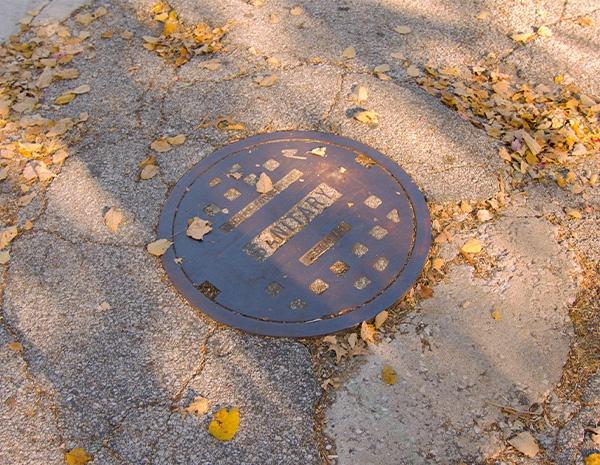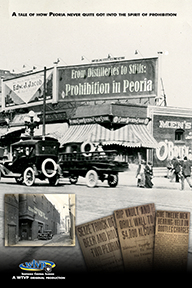
A Fix for Combined Sewers — The Cost of Cleanliness reviews a century of efforts to reduce the overflows of sewage into the Illinois River and the corrective measures underway in three communities — Peoria, Bloomington and South Bend, Indiana — to solve similar problems.
Starting in the late 1800s, underground pipes were designed to carry both rainwater and effluent. Those pipes, known as combined sewers, emptied pollution into the nearest waterway. Beginning in the 1920s, the pipes directed sewage to treatment plants, but those plants couldn’t handle the volume during heavy rainfalls, and the excess would still go to the river. Learn about the multi-year, $100 million solution to minimize sewage dumped into the river.
Program Sponsor
Backlund Charitable Trust
This program is made possible in part by the Backlund Charitable Trust, established to educate and create awareness of environmental issues.
Written and produced by:
H Wayne Wilson
Executive Producer:
William Baker
Director of Photography:
Todd K. Pilon

Sewer interceptor crossing, Main Street, Peoria, looking south to the Rock Island Train Station

Tunneling under the Peoria city streets

A Peoria manhole cover





























